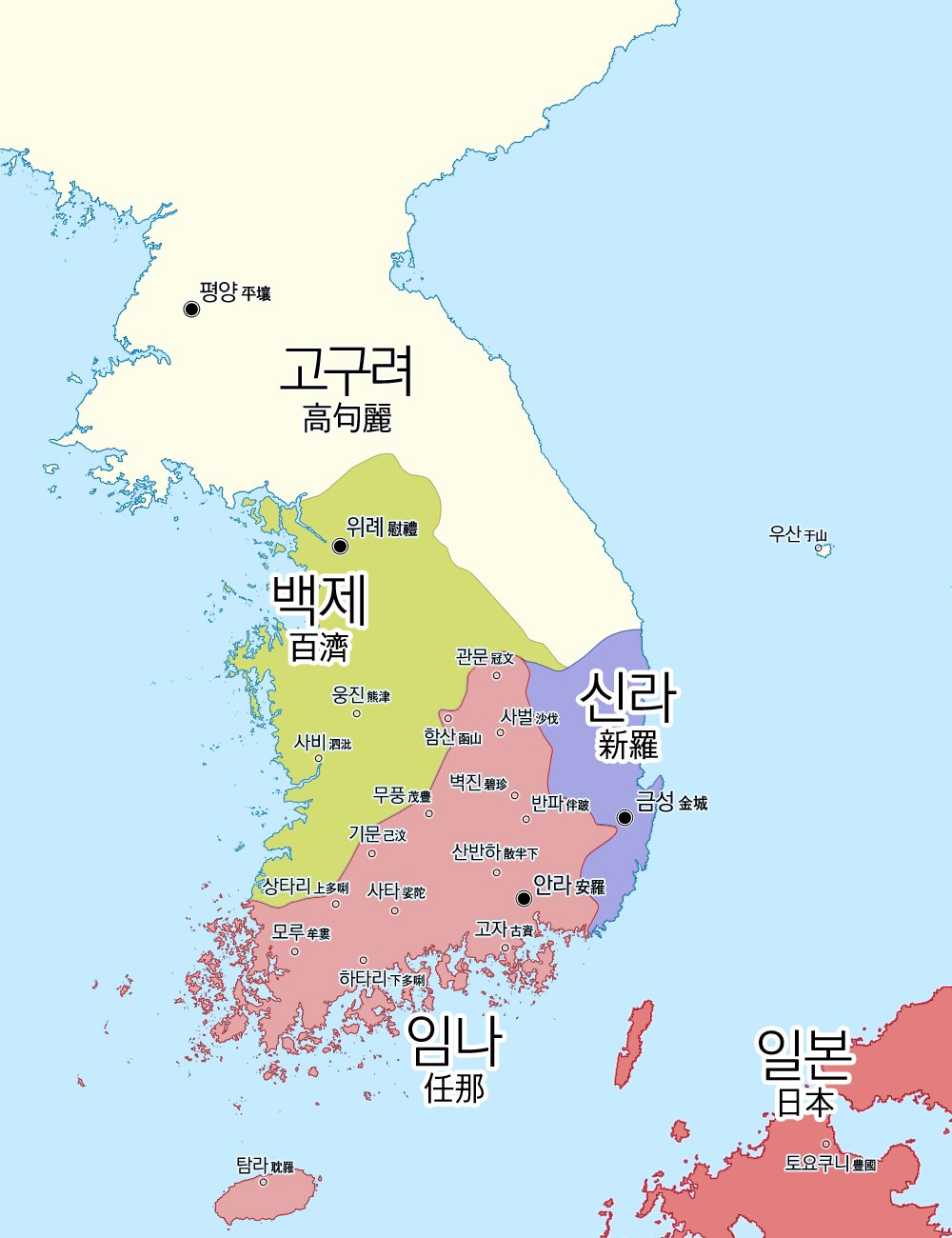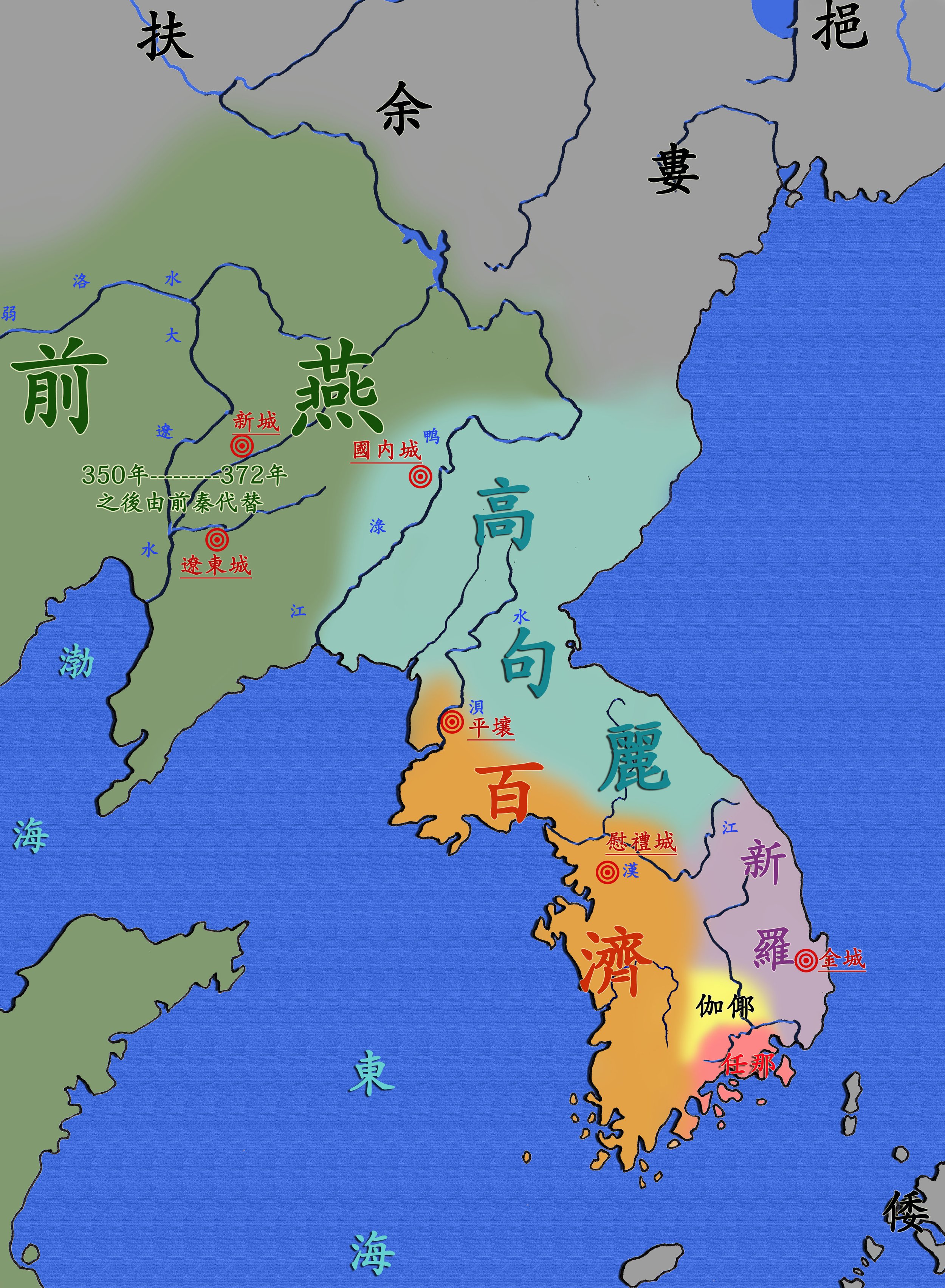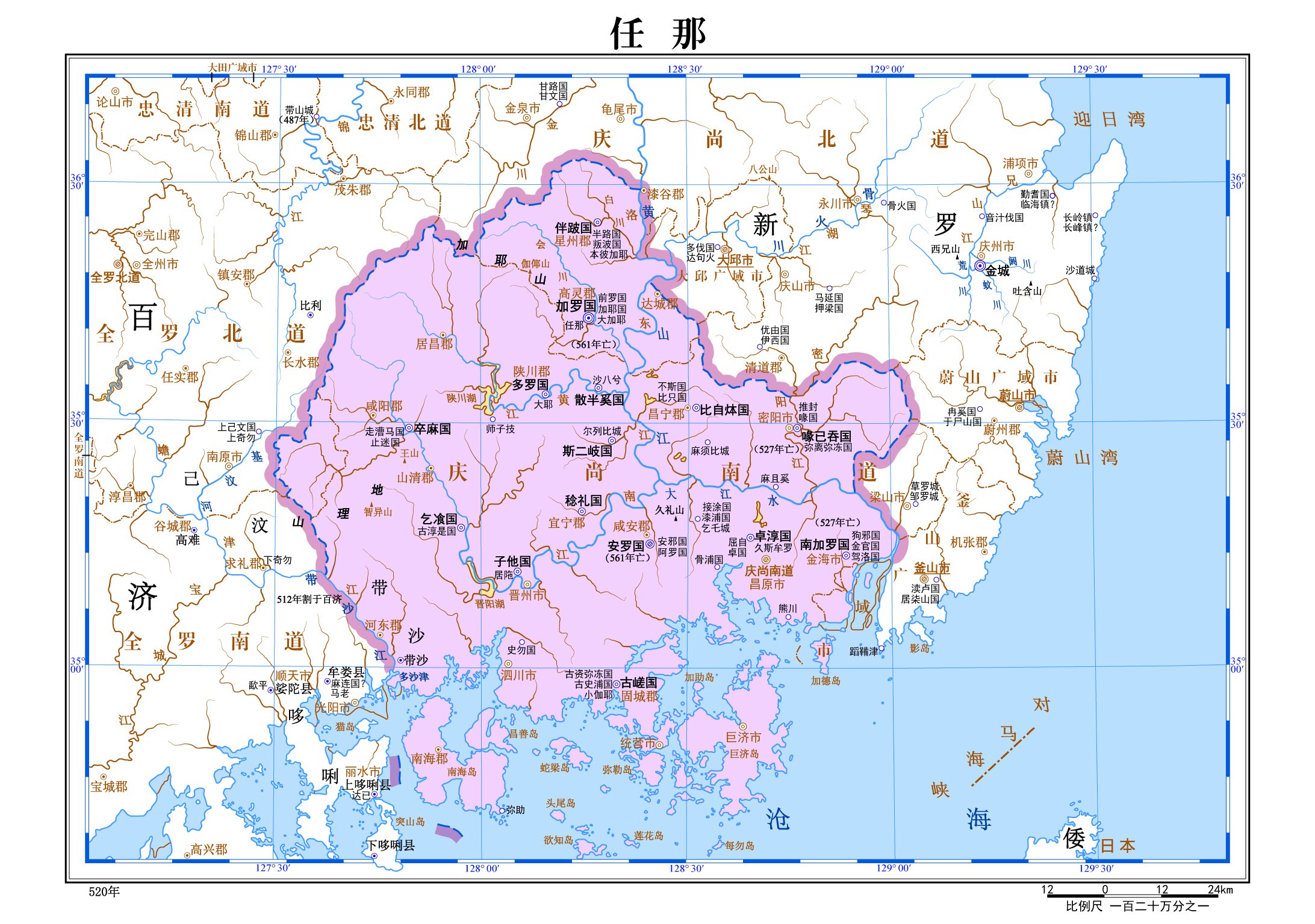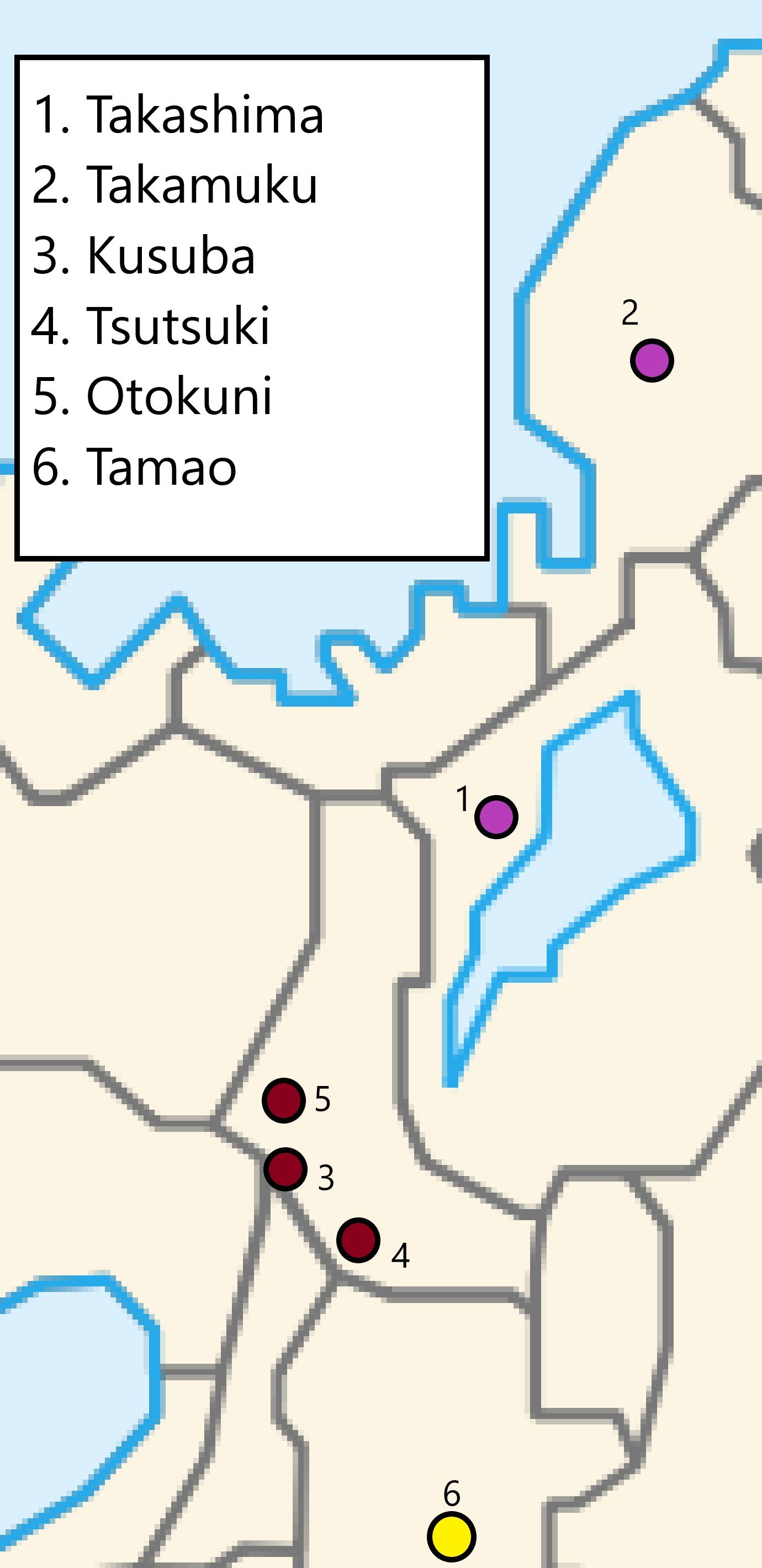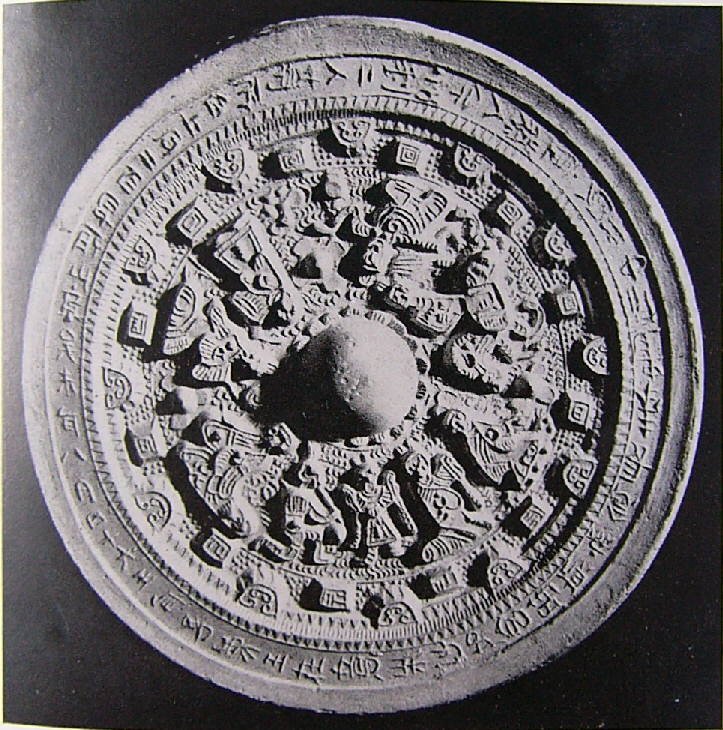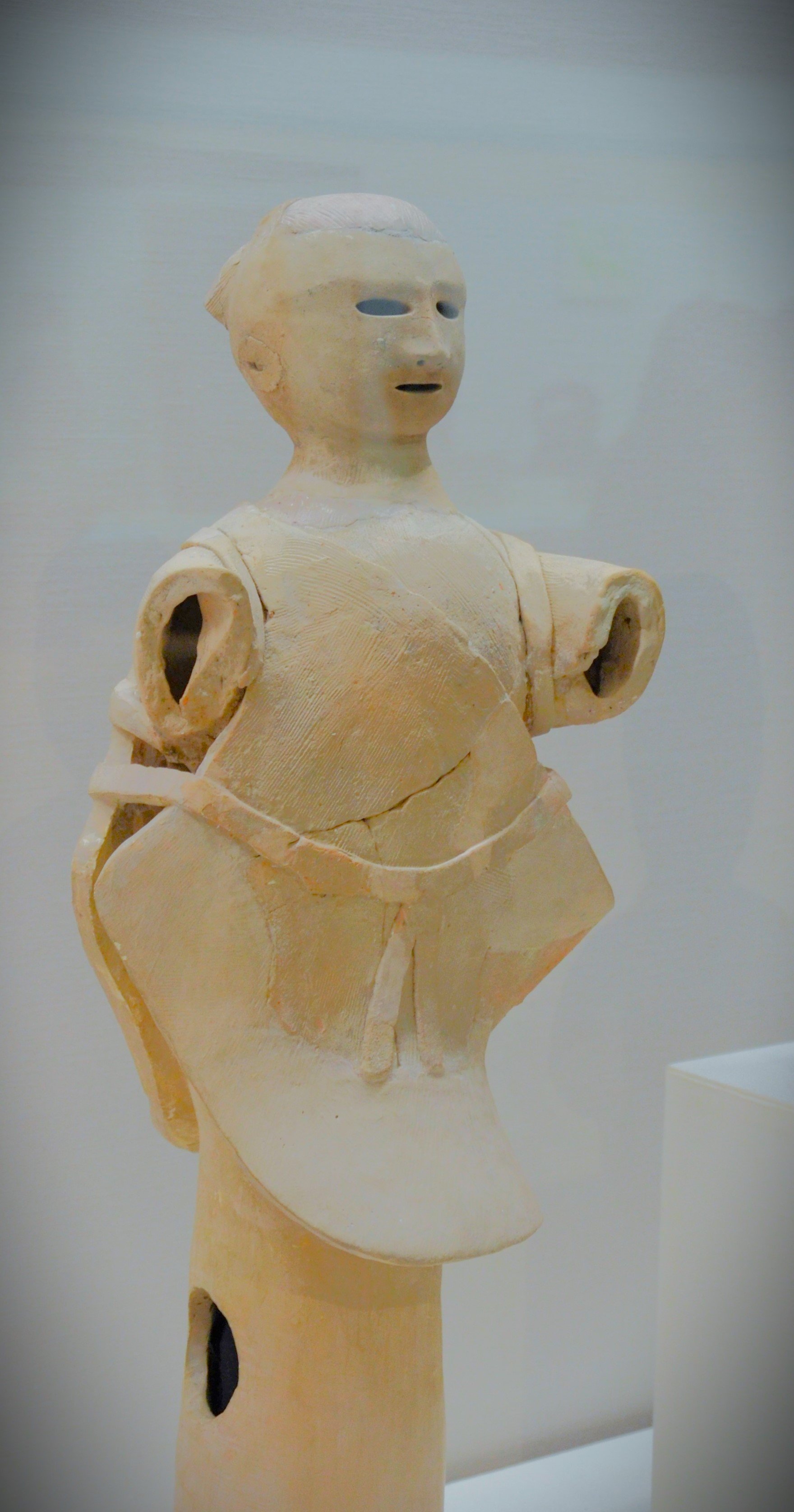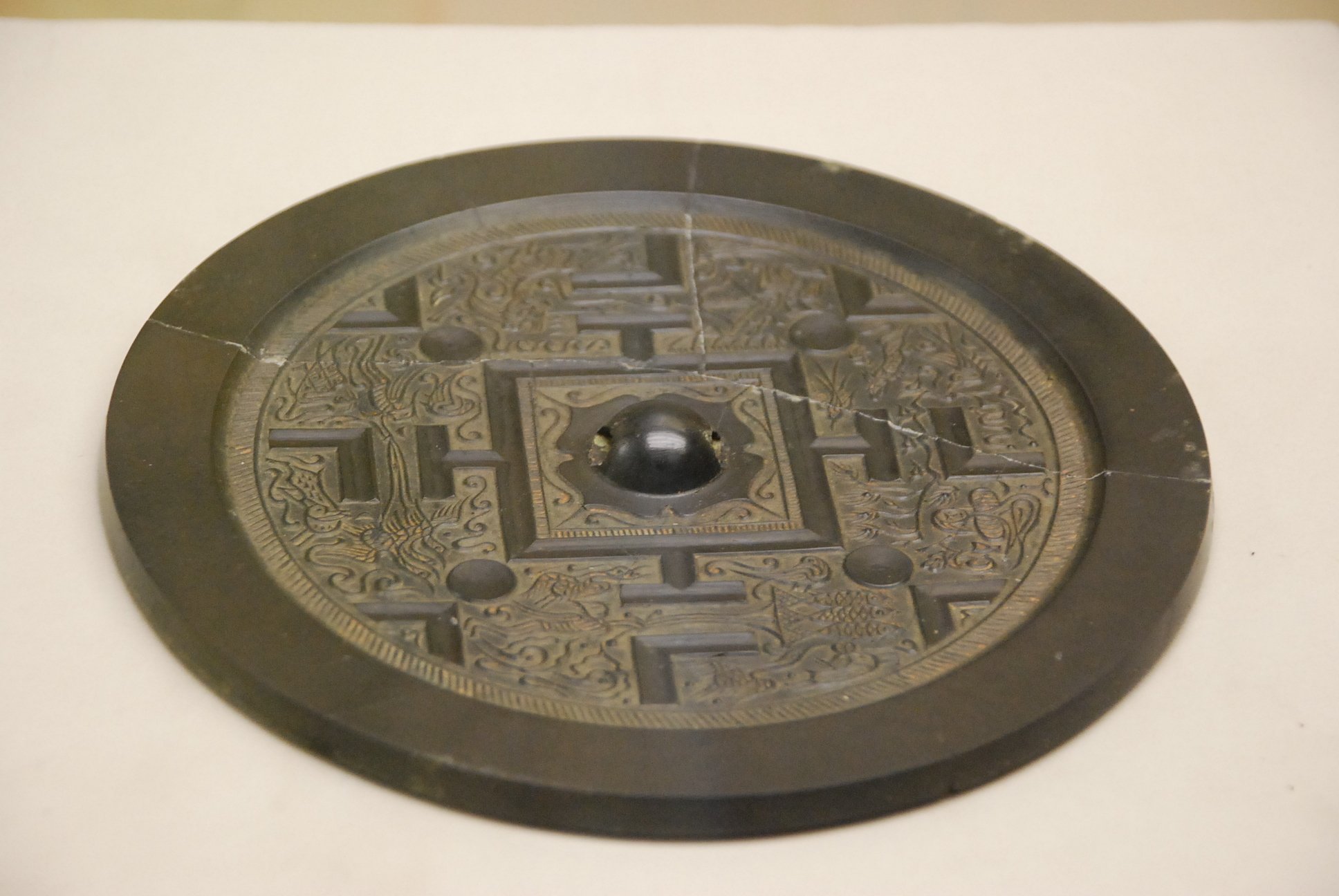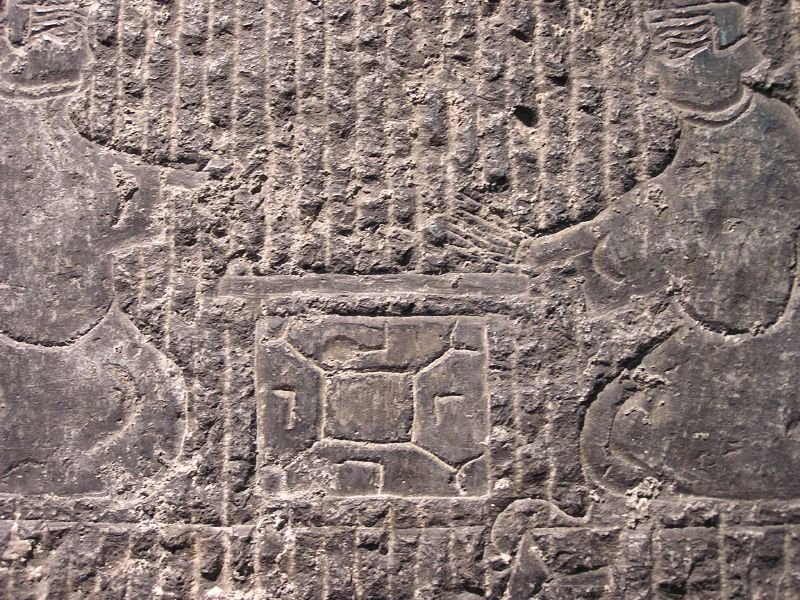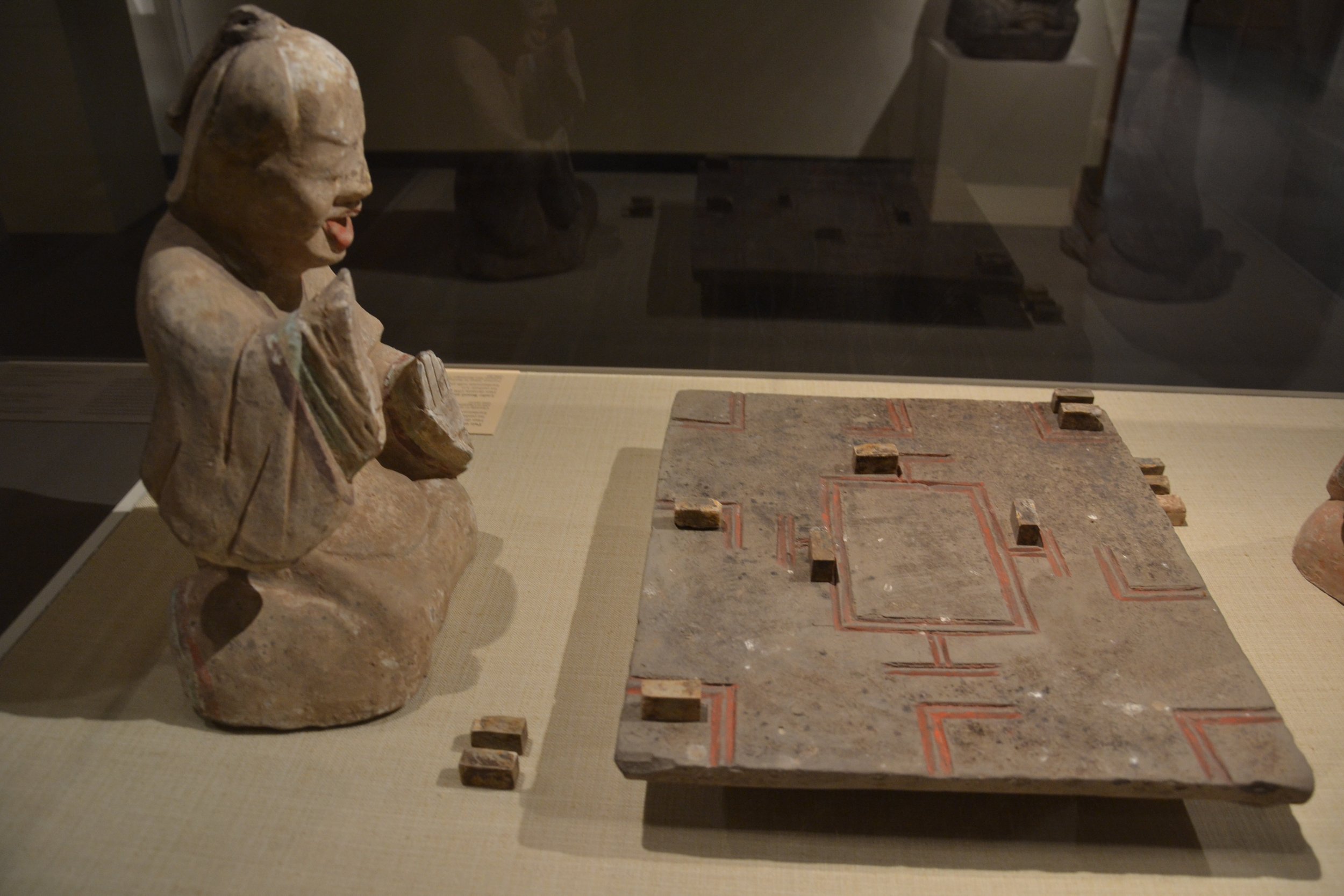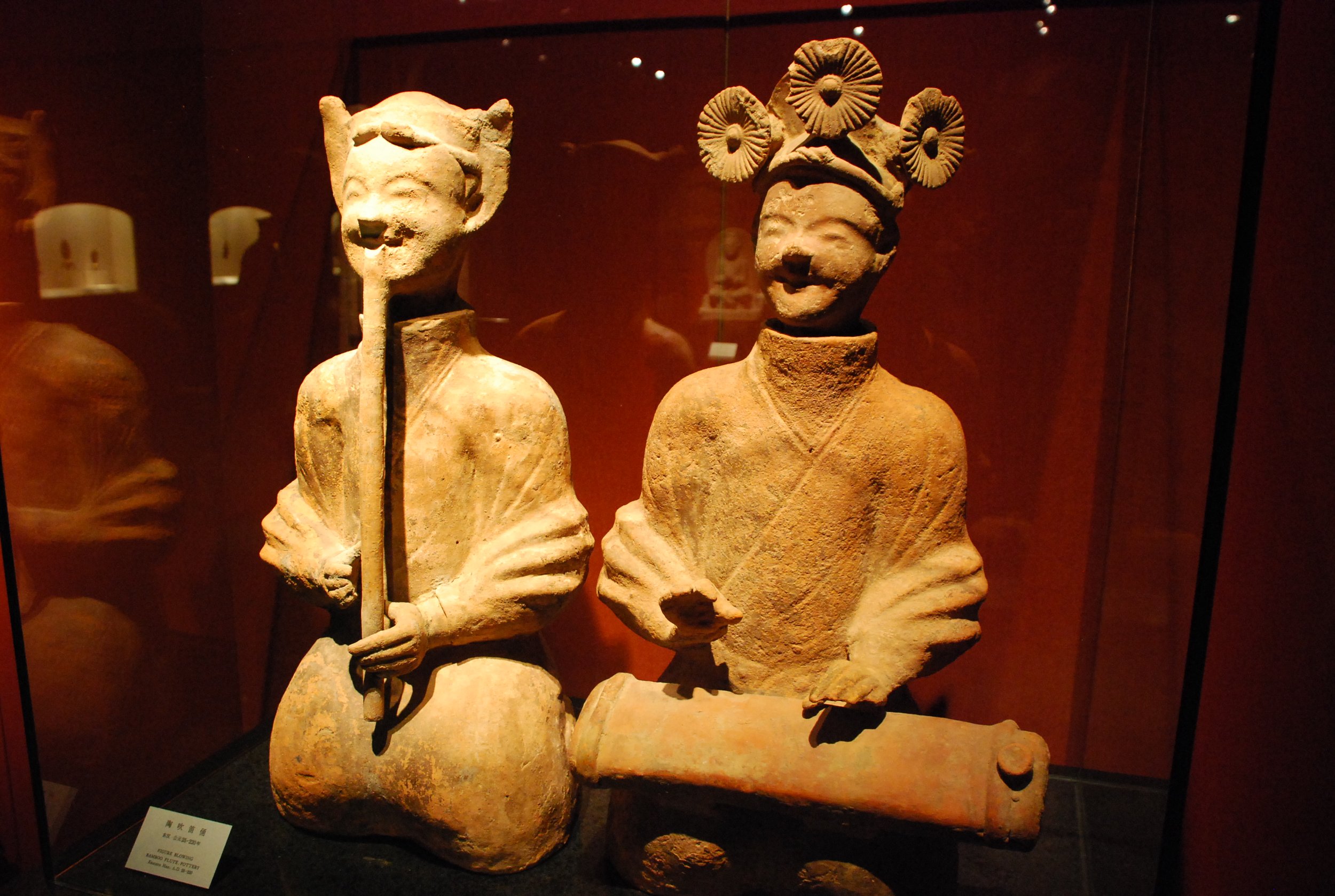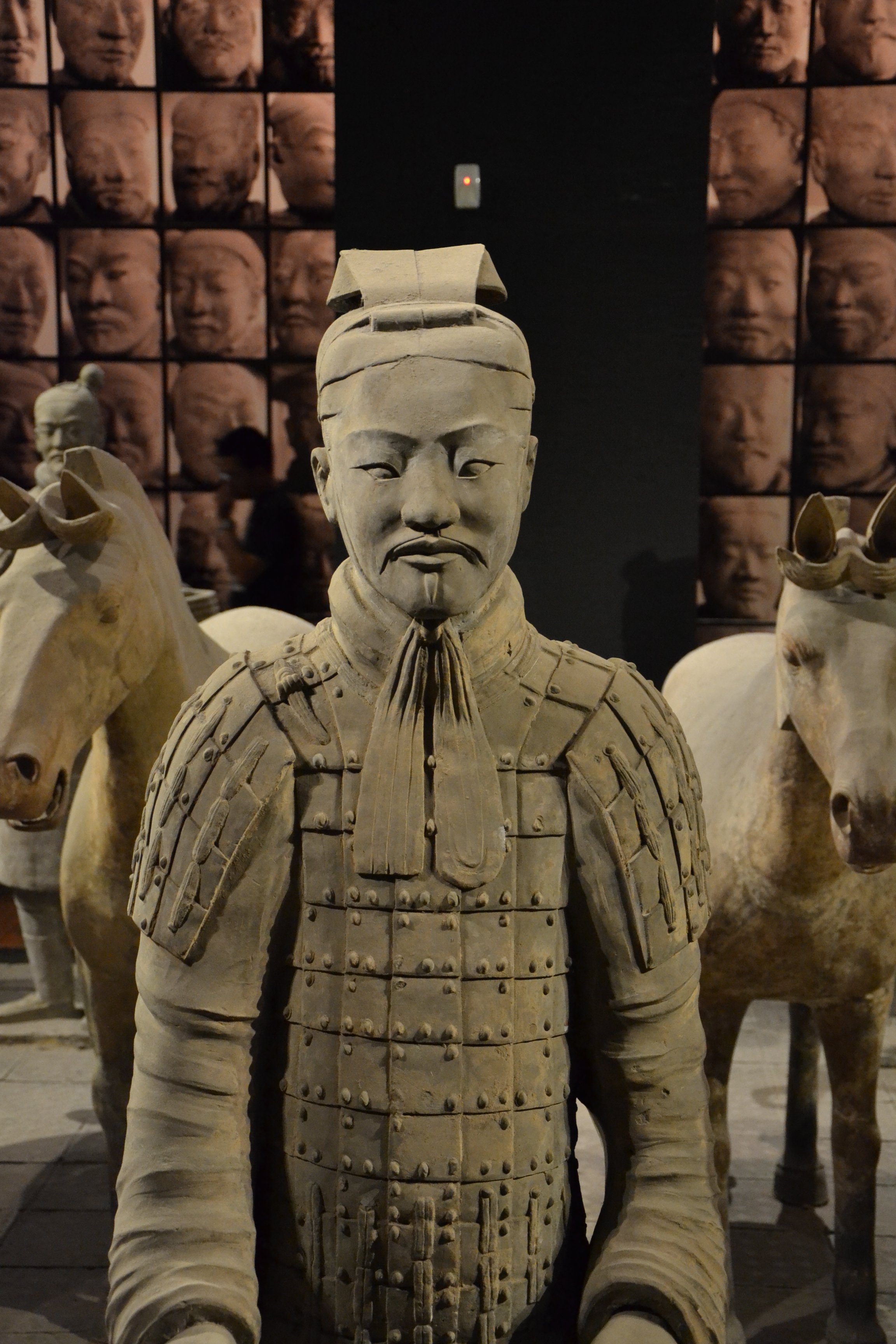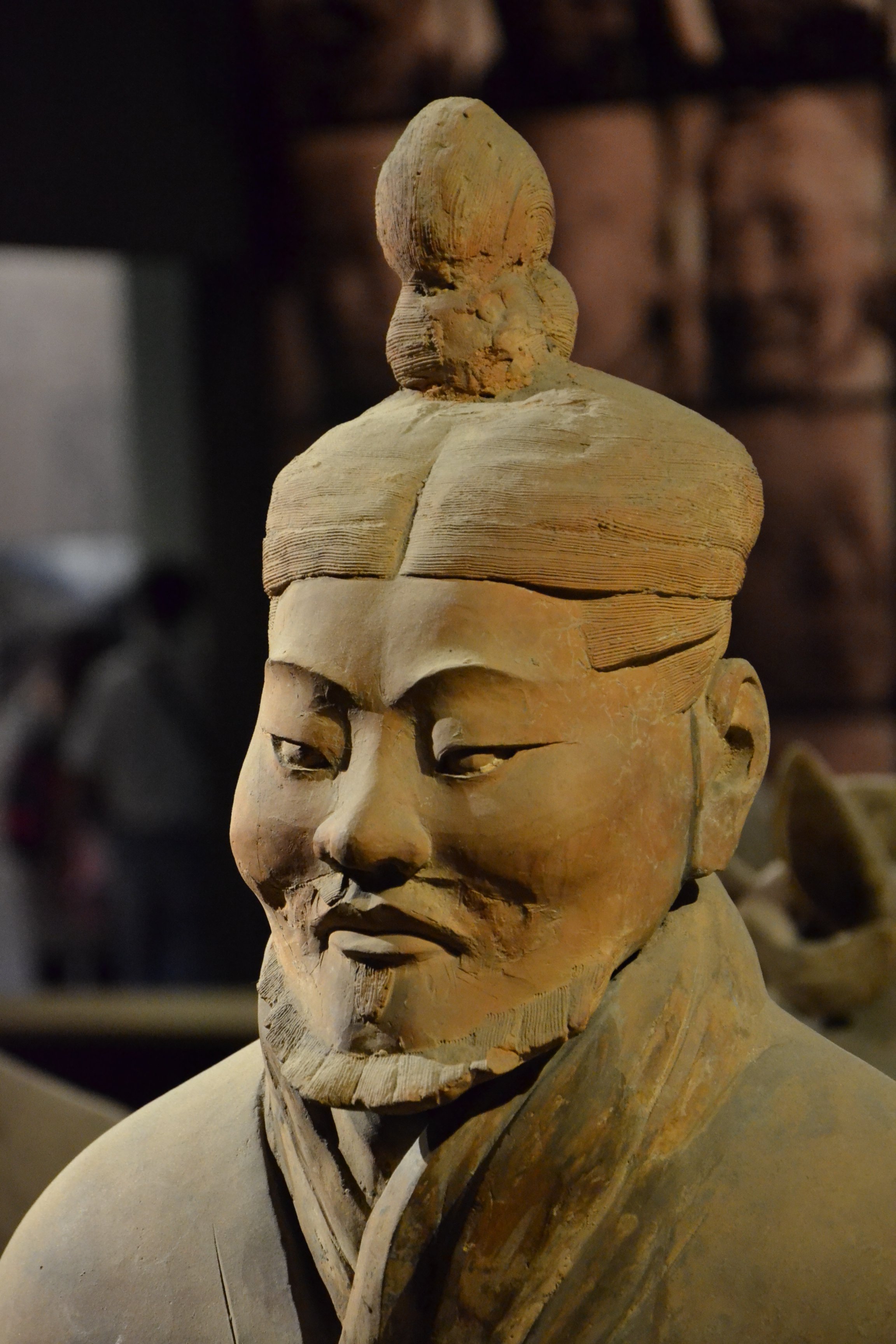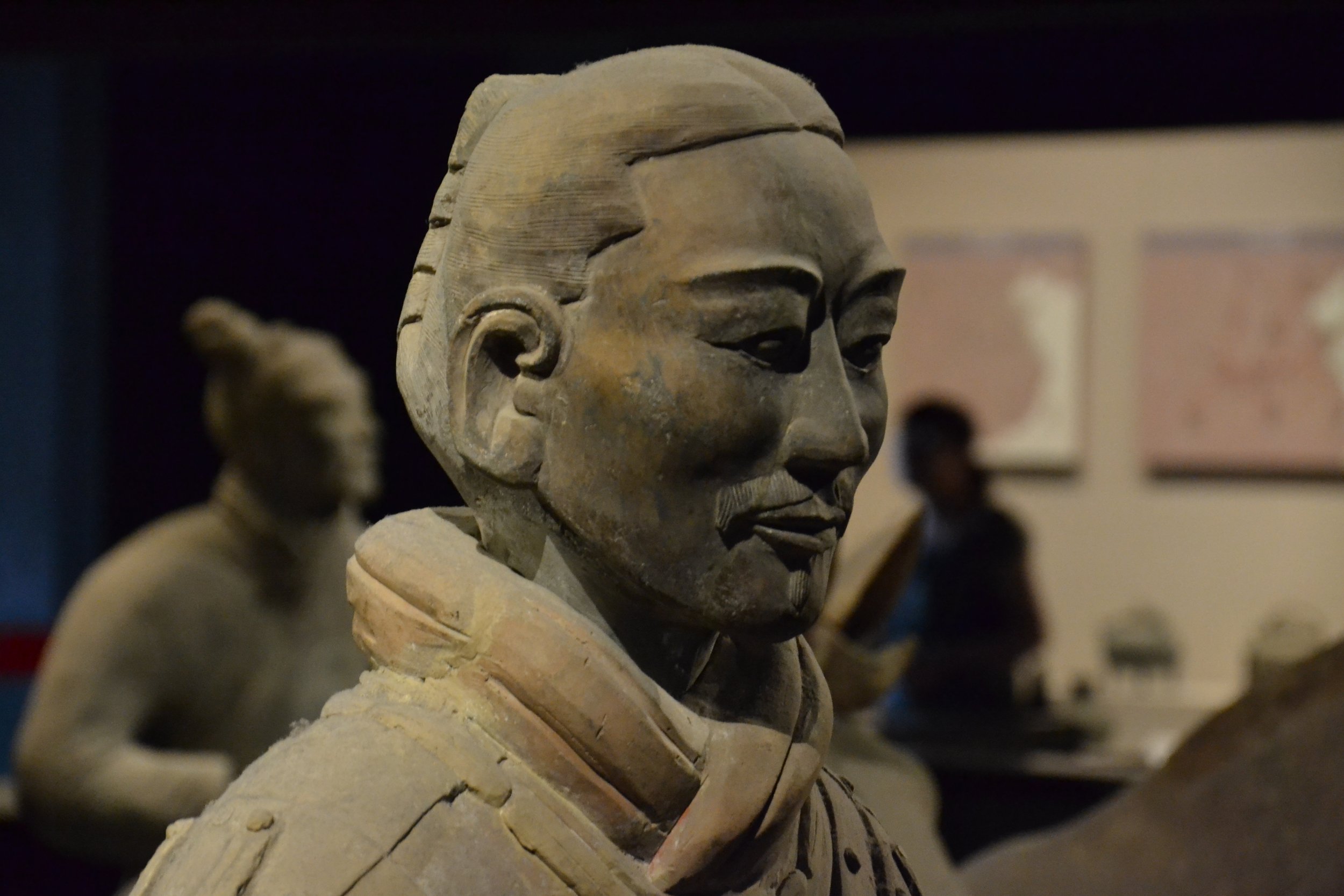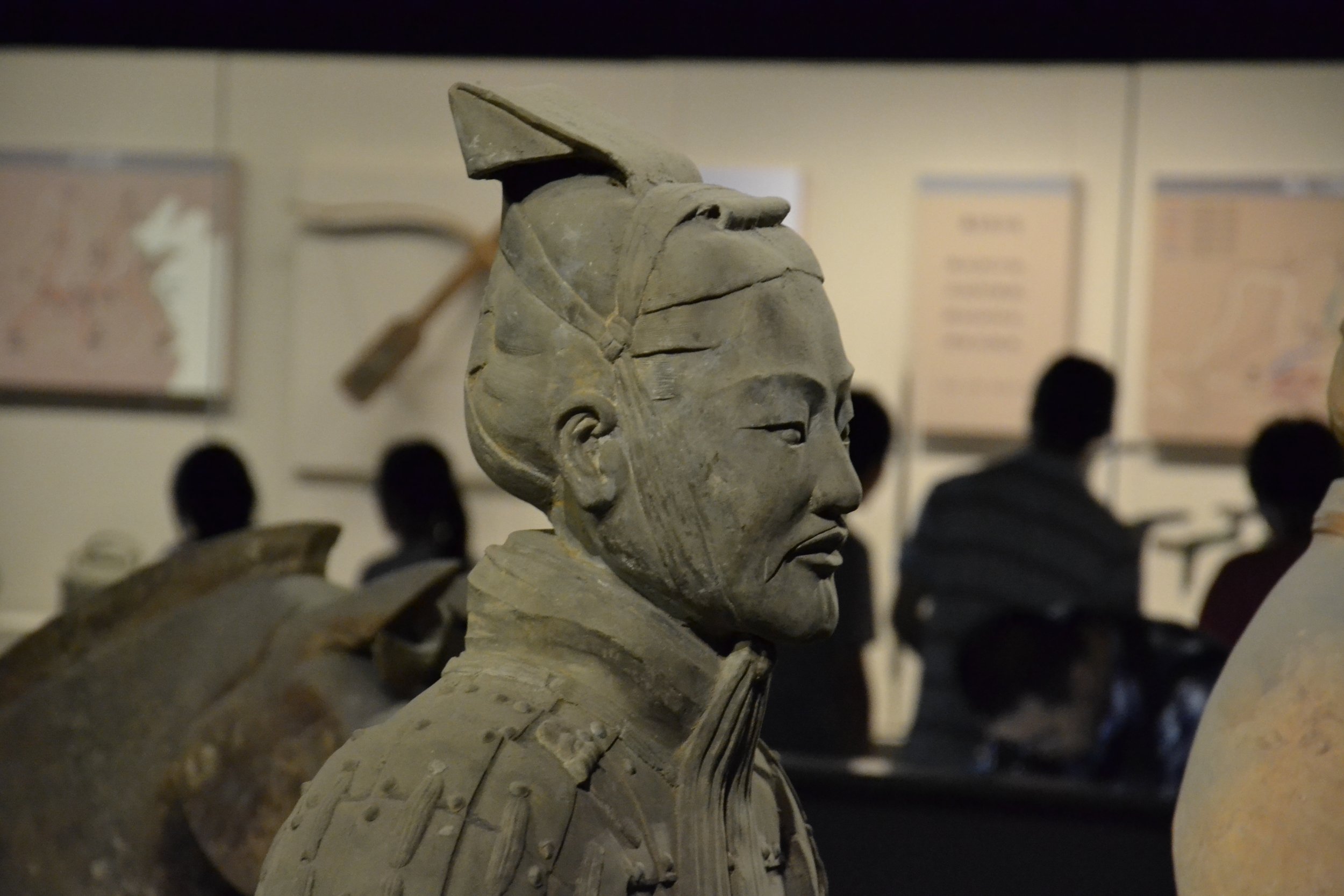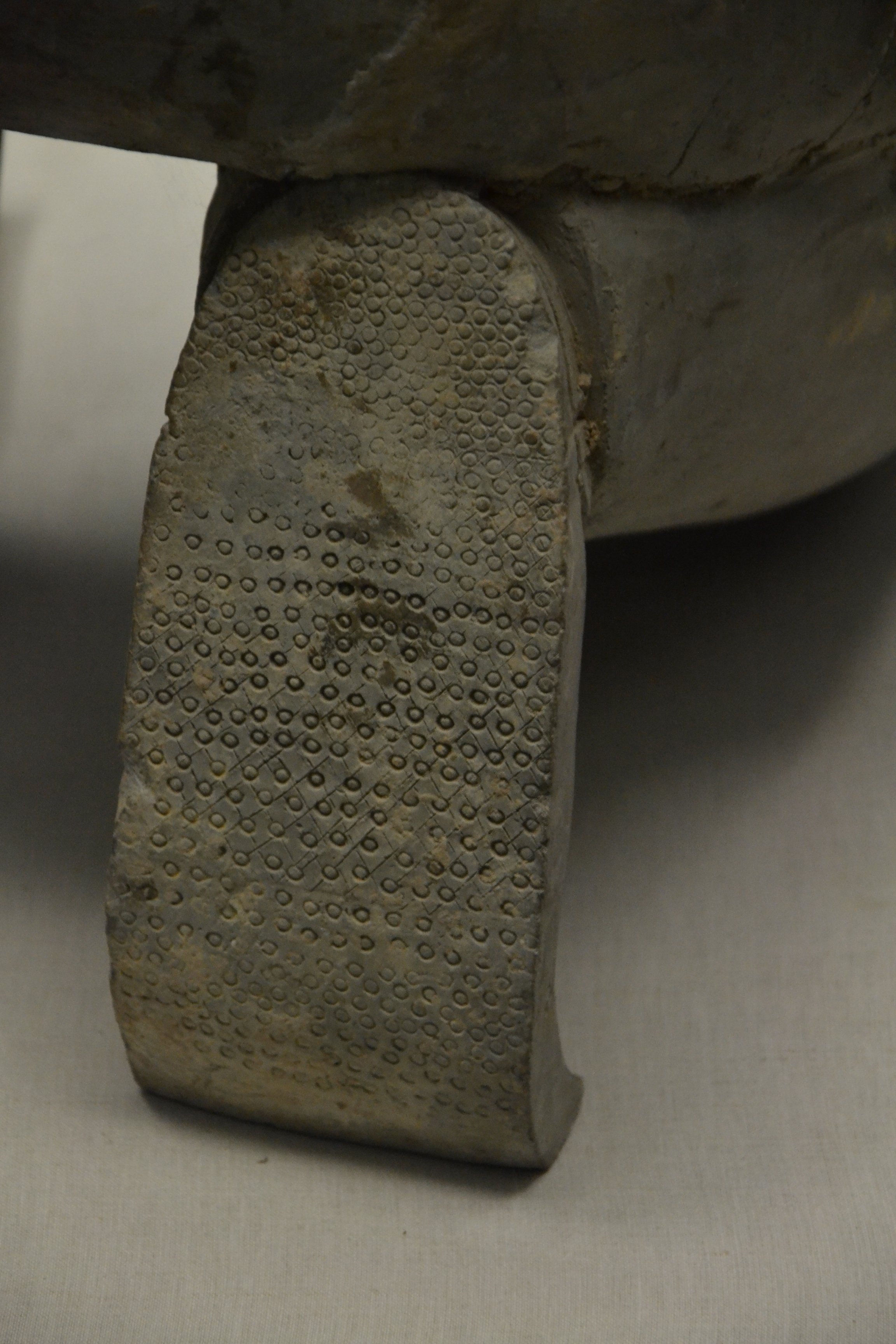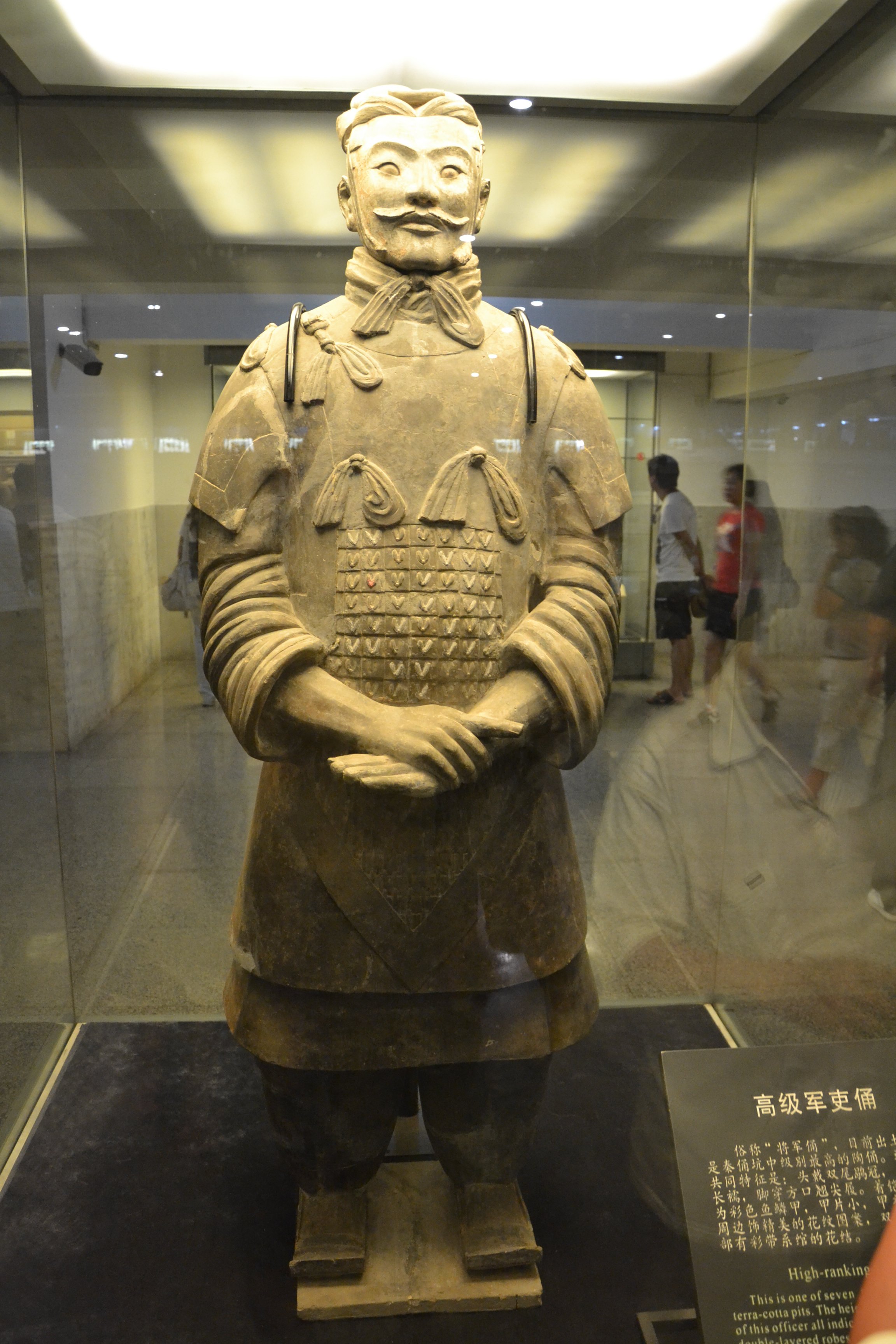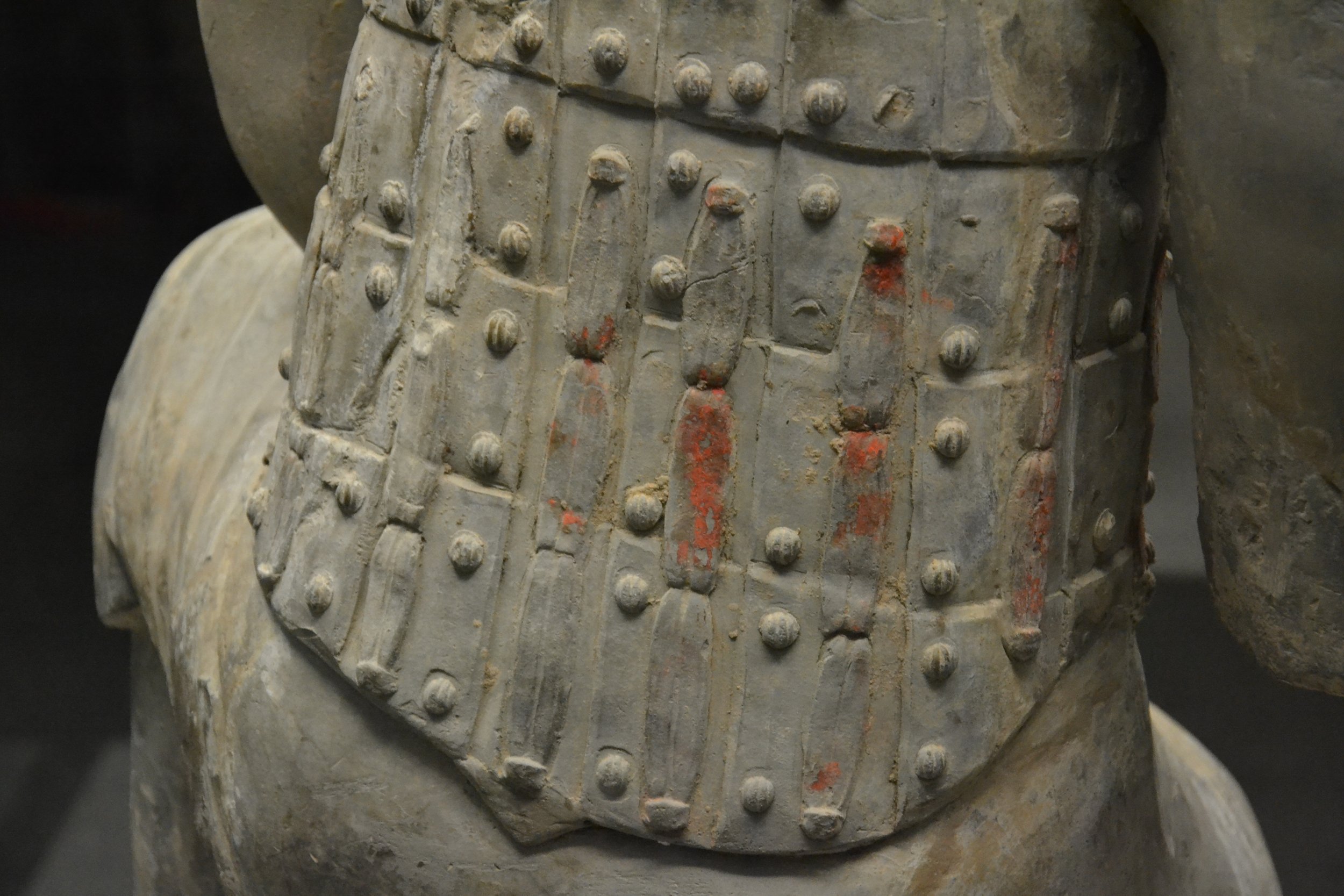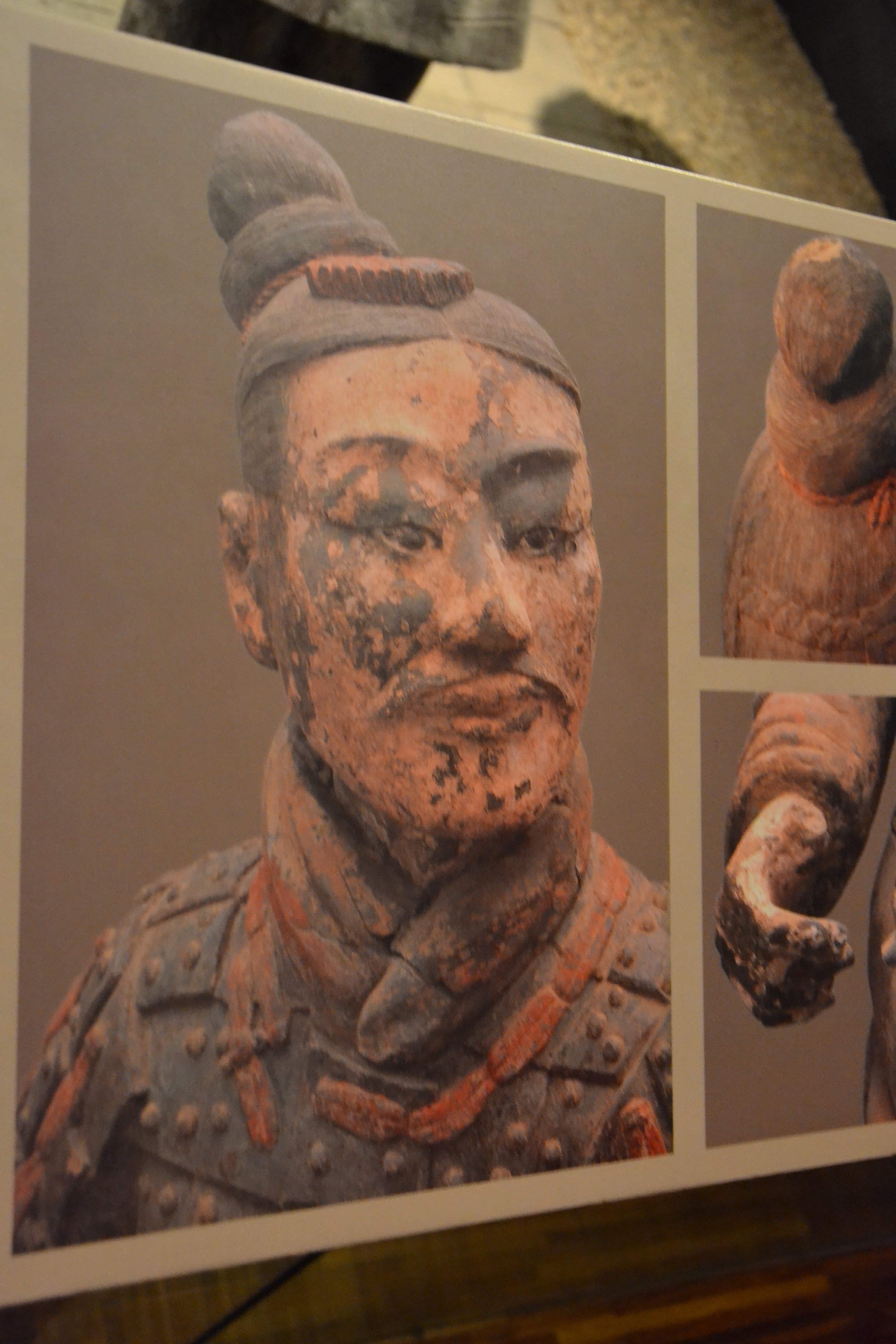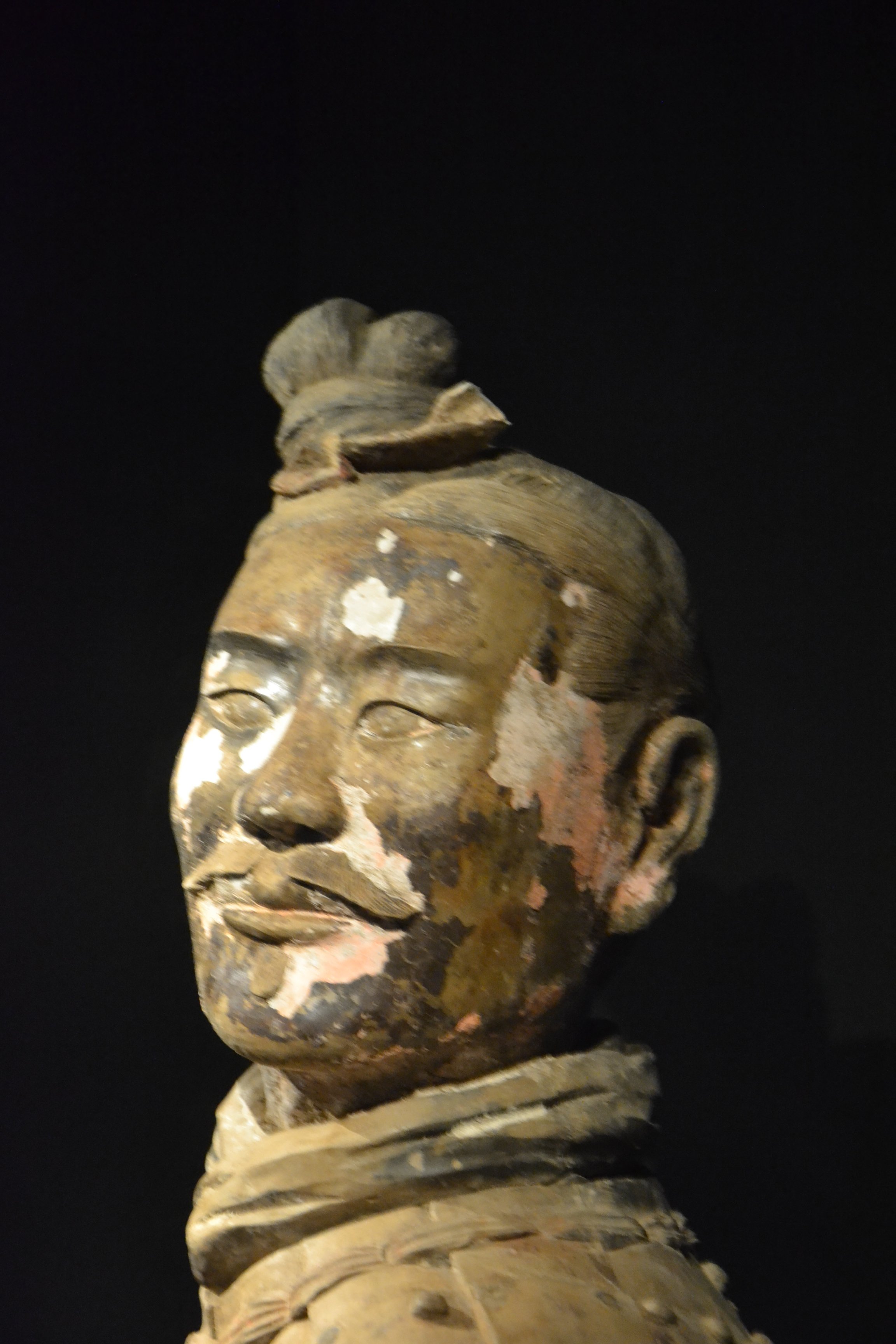Previous Episodes
- July 2025
- June 2025
- May 2025
- April 2025
- March 2025
- February 2025
- January 2025
- December 2024
- November 2024
- October 2024
- September 2024
- August 2024
- July 2024
- June 2024
- May 2024
- April 2024
- March 2024
- February 2024
- January 2024
- December 2023
- November 2023
- October 2023
- September 2023
- August 2023
- July 2023
- June 2023
- May 2023
- April 2023
- March 2023
- February 2023
- January 2023
- December 2022
- November 2022
- October 2022
- September 2022
- August 2022
- July 2022
- June 2022
- May 2022
- April 2022
- March 2022
- February 2022
- January 2022
- December 2021
- November 2021
- October 2021
- September 2021
- August 2021
- July 2021
- June 2021
- May 2021
- April 2021
- March 2021
- February 2021
- January 2021
- December 2020
- November 2020
- October 2020
- September 2020
- August 2020
- July 2020
- June 2020
- May 2020
- April 2020
- March 2020
- February 2020
- January 2020
- December 2019
- November 2019
- October 2019
- September 2019
Greetings! And welcome to our New Year’s Recap Episode for 2023, where we look back at the past year, and a little at what is to come. We also talk a bit of the behind the scenes
-
Shinnen akemashite omedetou gozaimasu! Happy New Year!
Welcome to Sengoku Daimyo’s Chronicles of Japan. My name is Joshua and this is our New Year’s Recap Episode for 2023.
This year we covered topics from the 5th to the 6th centuries—from the time of Woasatsuma Wakugo no Sukune, aka Ingyou Tennou, back in episode 56, all the way up to Wohodo and his son, Magari no Ohoye, aka Keitai and Ankan Tennou, in episode 78. These are the 19th through 25th and 26th sovereigns, according to the official reckoning, though as we’ve mentioned there are possibly a few missing—and maybe even a few added. Still, in this time, we’ve seen the growth of the Yamato state, as well as various changes involving their relations with those on the other side of the continent. So let’s take a moment to look back at this and pull up from the individual stories to see how the larger narrative is coming along.
Before we get into that, a quick note of thanks for all of our listeners out there. We appreciate you—thank you for staying with us through this journey. It is just so great to know there are others out there who are interested in all of this. Also thanks to those who’ve reached out with assistance or with suggestions. While not everything fits into the format or what we are currently doing, I have a list of things that I’m looking for ways to do or insert into the narrative at some point.
I also thought I’d try to lift the curtain for you all a bit on the production of this little show, to help you understand a bit more about what goes into it.
So first off, for those who haven’t realized already, we aren’t part of a major podcast network and we don’t have a crew of people putting this together. For the most part it is me and my wife, both of whom have other jobs and responsibilities, doing our best to put it out there. Typically I’m looking for downtime to do the research and put a given episode together, and after I write my first draft I give it to her for a sanity check and editing. Once she’s had time to go over it, I record the podcast, which isn’t always smooth, and edit out as many of the mistakes as I can. Then we upload it—we are currently using Libsyn for distribution, and schedule it for release on either the first or the sixteenth of every month.
Once the episode is recorded, that’s usually where we start working on a blog post for the episode; I’m not sure how much people read the blogposts, vice just listen, since this is an audio medium more than anything else, but that is where I’ve tried to put up various names and individuals for people to follow along with what is going on, since we have so many different characters.
One of the things that takes the most time is searching through and finding the images for the podcast blogs. In some cases, I pull from our own extensive library of photos taken at various times and places, and otherwise I usually am looking for images in the public domain or at least using a license that can be used on the website.
Depending on the amount of time all this takes, I try to focus first and foremost on getting the audio out on a consistent and regular basis, and sometimes I have to come back to the blog post later.
I am hoping to add into this the transcripts for the show, to make things more accessible, as well as adding content up on YouTube, though that requires turning things into “video” which is all doable, just time consuming, especially with 78 episodes to update. The transcripts should also allow me to add captions on YouTube, but I’m still figuring that out.
And of course all of this is done as a labor of love at the moment—I still have a day job that pays the bills for hosting, new research material, etc., though Patreon and Ko-Fi donations are always appreciated.
So those are the things that go into making the podcast. If you have thoughts, advice, or questions, please feel free to reach out.
Now, looking at the past year, we’ve spent a lot of time with the family that many scholars know as the Kawachi dynasty. This is a term derived from the fact that early on they are said to have ruled from around the Naniwa area, and the giant keyhole tombs that popped up were largely in the Mozu-Furuichi tumulus group in modern Osaka, in the old land of Kawachi. This includes the largest tumuli ever built, including Daisen-ryou.
Daisen-ryou is the largest kofun in Japan and about the largest mausoleum for a single person in the world—on par with tomb of the Qin Shihuangdi, the first emperor of Qin, in modern Xi’an, for sheer size. It is several stories tall, and really is like a man-made mountain. It is also surrounded by numerous other kofun.
Compare this to the Great Pyramid, in Egypt. The Pyramids are taller, rising over 140 meters in the air compared to Daisen’s 47 meter height, but the pyramid rises from a square base about 53,000 square meters. Daisen’s mound, meanwhile, covers about 100,000 square meters, and with the moats, covers approximately 460,000 square meters in total.
I finally had the opportunity to visit the Mozu tumulus group in November this past year and it really is impressive. One thing about these tombs is the manpower that was clearly required to build them. They are *massive* and it required an enormous engineering effort. Before all the trees grew up on the mound and the surrounding earthworks—not to mention all of the modern buildings—these tombs would have been clearly viewable from miles around. This ability to mobilize individuals in a single effort is one of the key factors that archaeologists look at to assess the strength of the early state in the archipelago.
One other thing about these mounds, and something I’m not quite sure we addressed—recent investigations appear to indicate that most of them were built with solar and lunar considerations. While this might not be entirely obvious when looking at a map—they appear almost to be random at that point—a team out of Italy published an article in the journal, Remote Sensing, in January of this past year, 2022, that used satellite imagery to study the orientation of the major keyhole tombs in the Japanese archipelago. They determined that the orientations were not random, and that there appears to be a connection to both the sun and the moon, so that the main corridor would be illuminated by both throughout the year. Daisen Ryou is even oriented specifically to the summer solstice sunset.
Of course, some of these astronomical alignments may be affected by other factors. For example, those kofun near the eastern edge of the Nara basin won’t see the sunrise until it crests over the mountains, which may affect their orientation. Others may have also been influenced by things like proximity to sacred sites, like Mt. Miwa. And of course, subsidiary tombs, like the others in the Mozu Kofun group, were oriented in relation to the main tomb. None of this was done willy-nilly; there is still a lot to be considered, and it is also possible that the importance of various directions and points on the calendar changed over the centuries of kofun building and even with differences in local practice. There is still a lot of work to be done here, but it is fascinating to see continued work on this topic, including the use of modern technology, especially with the restrictions placed on modern archaeologists when it comes to excavating these kofun that remain so closely tied to the Japanese imperial family.
For all that we don’t know, the Mozu and Furuichi kofun groups do leave their mark on this period, which covered much of the last year. Even the Chronicles, as questionable as they may be in their narrative, describe courts at least attached to the Kawachi area, especially Naniwa, generally identified as modern Ohosaka, where the Yodo river empties into the Seto Inland Sea.
The first tenno we talked about in 2022 was Woasatsuma Wakugo no Sukune, aka Ingyou Tennou—curious for the apparent use of a courtly title, Sukune, in his name. Woasatsuma was supposedly disabled, although then miraculously healed, I guess? Either way, he wasn’t exactly expected to succeed his brothers, and yet he did.
Woasatsuma’s own death led to the kind of violent succession struggle that we’ve come to associate with this period. His own son, Anaho, aka Ankou Tennou, took the reins, but immediately went after the Kusaka line, supposedly because of some dastardly deeds by a rogue courtier, named Ne no Omi. After Anaho’s forces killed Prince Ohokusaka, it was only later that they found out it was all just a big misunderstanding. However, that’s not how Ohokusaka’s son, Mayuwaka, saw it, and he, at an extremely young age, took revenge and killed Anaho. This set off yet another bout of bloodletting that saw Anaho’s brother, Ohohatsuse Wakatakeru, murder his way through the royal family until he was the only surviving viable heir to the throne.
The rise of Wakatakeru, aka Yuuryaku Tennou, would seem to make him out as quite the villain. The Chroniclers certainly spill plenty of ink telling his story, but in hardly the most flattering of terms. And yet, his reign is one of the lengthier and more impactful reigns. He is also the first or second sovereign who appears to be confirmed by contemporary sources. The first might be Woasatsuma Wakugo, though this is questionable – the famous mirror from the Suda Hachiman Shrine has an inscription that can be read in several different ways, but may recall his marriage in one interpretation. For Wakatakeru, however, we have at least two swords from different parts of the archipelago that mention his name. This seems to confirm that there was not only a sovereign named Wakatakeru—or possibly Wakatakiru—around the right time, but they had enough influence that their name was apparently known across the archipelago.
This is also the time of the Five Kings of Wa from the Liu Song chronicles. How exactly these sovereigns line up with the Ohokimi of the Chronicles is still unclear—many assume that Bu must be Wakatakeru, since Bu and Takeru use the same character, at least in modern interpretations. A wrench in this theory is that Wakatakeru’s name on the two swords, mentioned above, use characters in a phonetic, rather than meaningful, way. So it isn’t entirely clear that Wakatakeru used that character during his reign. In fact, it is possible, though seemingly unlikely, that the five kings mentioned could be from another area of the Wa ethnic sphere altogether.
Whosoever the Liu Song were interacting with, the discussion of the Wa and their requests give us some interesting detail about their ambitions on the peninsula and the archipelago. Clearly someone on the Wa side was gathering enough support to not only make a trip to the Liu Song capital, situated as it was on the Yangtze river, but they were apparently credibly powerful enough for the Liu Song to take them seriously. It is interesting that they were willing to also grant them titles over groups like Silla, Nimna, and Kara—titles that, arguably, the Liu Song had no authority to actually enforce, let alone grant—and yet they balked at legitimating titles over Baekje’s territory. Of course they also continue to refer to the territories of Mahan and Jinhan, which may not have actually been a going concern at the time. They also differentiate between Nimna and Kara, which many later scholars would conflate into a single territory. As such, most of this just brings up more questions for the 5th century than it answers.
The archipelago’s relationship with the continent in the fifth century is complicated. Men of famous families are listed as having served in wars and fighting over on the continent, and there was certainly influx in the other direction, as well. There is plenty of evidence for Baekje and other groups moving to the continent and making a name of themselves.
They seem to have brought with them ideas for expanding Yamato’s control over the archipelago. For instance, we see the corporate -Be groups, groups created as a familial unit but geared around production of a specific good or service. Some of these, like the horse keeper’s Be, and the Jewel-maker’s Be, are based around particular professions, but others are groupings of peasant groups, whose agricultural output was designated for a specific function—either the support of a royal individual or the support of an institution, such as the maintenance of a royal kofun.
In particular, those groups created around production of a specific good or service could be made up of individuals throughout the archipelago, who reported, it seems, to a single courtier and their family. This nominally gave the court centralized control over these production groups, and blunted the rights of local lords to make demands of them. It was a truly impressive claim, one that I am hesitant to say was fully enforceable, but which nonetheless spoke to the aspirations of the court to become a central government.
An example of this was the Hata family, whose name seems to reference cloth production, something that was sought after on the continent, but who also use the character for the Qin dynasty, often claiming that they came from there, or possibly from “Jin-han” on the Korean peninsula, where a similar story claims the Qin name as the origin of that “Jin” moniker. Hata no Sake, a courtier who had an in with Wakatakeru, was placed in charge of all members of the Hata lineage—so theoretically all of those weaver families who had come over from the continent. In turn, he ensured that they turned out goods as taxes for the central court. The Hata family themselves would build a power base in the area of modern Kyouto, and a district in Kyouto still carries their name: Uzumasa, the name given to Hata no Sake and spelled out with the characters of “Great Hata”, or “Ohohata”.
This is also the era of numerous stories, including the first instance of the story of Urashima Tarou, Japan’s very own Rip Van Winkle character, although the story here is only in its infancy. Fact and fiction were still quite clearly interwoven, making it difficult to tell what was actually going on and what are just stories of a time long long ago.
Love him or hate him, Wakatakeru’s reign largely defines the 5th century. Before his death he placed the Ohotomo and the Mononobe in positions of great authority. Ohotomo no Muruya, and his descendant, Ohotomo no Kanamura, wielded considerable power—arguably more than the sovereigns that followed after Wakatakeru. Of those we saw Wakatakeru’s son, aka Seinei Tennou, but then he was followed by two sons—and even the daughter—of Prince Ichinobe, who was, perhaps, a sovereign in his own right.
Ihitoyo briefly took the throne—she is remembered as a short-lived regent, but in all honesty was likely a sovereign ruler in her own right—and then her two brothers, Woke and Ohoke—aka Kenzou and Ninken Tennou. They came to the throne through adoption, rather than birth, we are told, having gone into hiding after their father’s murder at the hands of Wakatakeru. Their reigns would not be extremely long, however, and eventually the throne passed to Ohatsuse Wakasazaki, aka Buretsu Tennou, the capstone on the Kawachi dynasty, which, despite its name, had theoretically moved back to the area of modern Sakurai, in the southeast corner of the Nara basin.
With Wakasazaki’s death, the court, under Ohotomo no Kanamura’s apparent leadership, sought out a new candidate, and they had to go pretty far afield to do it. They eventually settled on Wohodo, aka Keitai Tennou, and set him up on the throne. While there are some who doubt even the existence of Keitai Tennou, considering him a potentially legendary founder of yet another dynasty, he is the bridge the Chroniclers use between the Kawachi dynasty and our last line of Yamato sovereigns—ones that would lead us up through to the present day. Not that there weren’t schisms and weird branchings or power-sharing arrangements between various lines after this time, but from about this point on we generally agree that the sovereigns appear to be related back to a common ancestor in at least the 6th century. Beyond that, well, let’s just say that we don’t exactly trust everything that the Chroniclers put to paper.
This new dynasty brought in new traditions, including abandoning the burial mound groups in the Mozu and Furuichi regions, and possibly abandoning, as well, a tradition of co-rulership, which appears to show up in the burials, but is not exactly attested to in the written Chronicles, possibly because it was too messy. Such simplifications can be seen even in the modern day. For instance, in some of the old martial arts, or koryu lineages, where there once were two distinct lineages, they may be conflated when they later came back together, with different generations interspersed amongst each other in an attempt to honor all those who came before. Those without access to the history might look and think that it demonstrates a single, unbroken line, whereas the truth is messier and much more complicated. Given what the Chroniclers had to work with, and the distance they were from the 6th century at that point, one has to wonder just what they actually knew.
Although it may have been new, this dynasty appears to have acted much as the prior one did, possibly thanks to the continued presence of the Ohotomo family—specifically Ohotomo Kanamura. He would continue to guide the ship of state as it entered a new era.
All of this covers a critical period of state formation, as Yamato has gotten larger and more powerful, and exerts more and more influence it is also finding new ways of governing. The key is that none of this happens at once, or in a vacuum. It isn’t like one day a chieftain had an idea: Hey, let’s build giant mounds and then proclaim ourselves rulers of everything on these islands! It was an evolution, and one that didn’t necessarily always trend in a single direction towards a foregone conclusion, though of course that’s how it often appears after the fact.
At many points during this process, something could have happened—and sometimes did. For instance, an unexpected death with no heirs, or military defeats on the continent. Shifting alliances and changes in the balance of power could also destabilize things. And yet, here we are, with court in Yamato sitting as at least primus inter pares, if not more, and with enough prestige to influence most of the archipelago, from the Kantou plain to Kyushu, and even to make an appearance in continental politics.
And that’s where stand, so far. As we look into the New Year, we stare out into a new era of Japanese history. This is still the Kofun era, yes, but in the coming year we can make out shapes of what is to come. Influences from the continent will continue to shape the archipelago, including the influence of foreign thoughts from even beyond the edge of the upcoming Sui and Tang dynasties. We see figures like the illusive, and possibly even fictitious, Shotoku Taishi, and the establishment of courts in the Asuka era. This is the era of the coming of Buddhism, the rise of the Soga, and all of the benefits and strife that would bring to the archipelago and to the court. All of that an more, soon to come.
That’s all for now. I just want to wish all of you, once more, a bright New Year—Shinnen Akemashite Omedetou Gozaimasu—and thank you again for listening. Episode 79 we’ll continue with this new dynasty, and look at possible connections with the continent, including some rather distant lands, next time on Sengoku Daimyo’s Chronicles of Japan.
References
Baratta, Norma Camilla, Giulio Magli, and Arianna Picotti. 2022. "The Orientation of the Kofun Tombs" Remote Sensing 14, no. 2: 377. https://doi.org/10.3390/rs14020377





